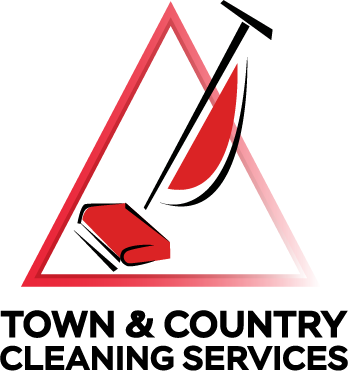 There is a general misconception that chlorine bleach is a cleaner. Although it may have some ability to saponify grease because of its high pH (around 13), its primary action is as an oxidizer. This means bleach changes the molecular structure of certain substances making them appear lighter, but does not necessarily remove them.
There is a general misconception that chlorine bleach is a cleaner. Although it may have some ability to saponify grease because of its high pH (around 13), its primary action is as an oxidizer. This means bleach changes the molecular structure of certain substances making them appear lighter, but does not necessarily remove them.
Another important thing to know about bleach is that it is a disinfectant. This means its use is controlled under the Federal Insecticide Fungicide and Rodenticide Act (FIFRA). Thus you always find a statement on the label that says “it is a violation of federal law to use this product” in a way not listed on the label. This is particularly true of dilution ratios given for specific purposes. Since bleach is very corrosive, this helps protect the user, the environment and the surfaces being cleaned.
Never mix bleach with any other chemicals. It can release a deadly gas. Many professional cleaners have stories of a close call with bleach and its fumes.
I have seen newspaper columns suggesting making a cleaning solution out of 1 part bleach and 5 parts water. This is not only not a cleaner, it can damage many surfaces, is potentially harmful to the user and is illegal. Be careful — there is a lot of bad advice out there. The industry is countering misinformation by partnering with the IICRC (Institute for Inspection Cleaning and Restorative Certification – now also known by the service mark–The CleanTrust) to develop the House Cleaning Technician program. This certifies technicians who have taken a class based on reliable science-based information and successfully passed an IICRC-approved exam. Look for IICRC certification when choosing a cleaning company.

We’re a gaggle of volunteers and starting a brand new scheme in our community.
Your web site offered us with useful information to work on. You’ve performed an impressive process and our whole neighborhood
can be grateful to you.
Wow – would love to hear more specifically how the website helped. Between the misconceptions and bad science out there, people can be misled by so many things: wrong ratios when mixing bleach and water, wrong applications such as spraying and immediately wiping disinfectant cleaners designed to stay wet for a minimum time, using steam mops inappropriately and assuming they are achieving disinfection … the list is too long for this space. BUT – thank you for your encouragement. If you have any specific questions please feel free to raise them here or email me: Sarah@CleanMyChapelHillHouse.com.